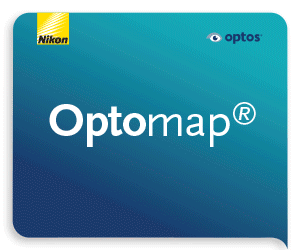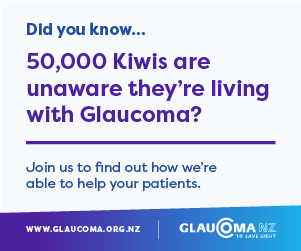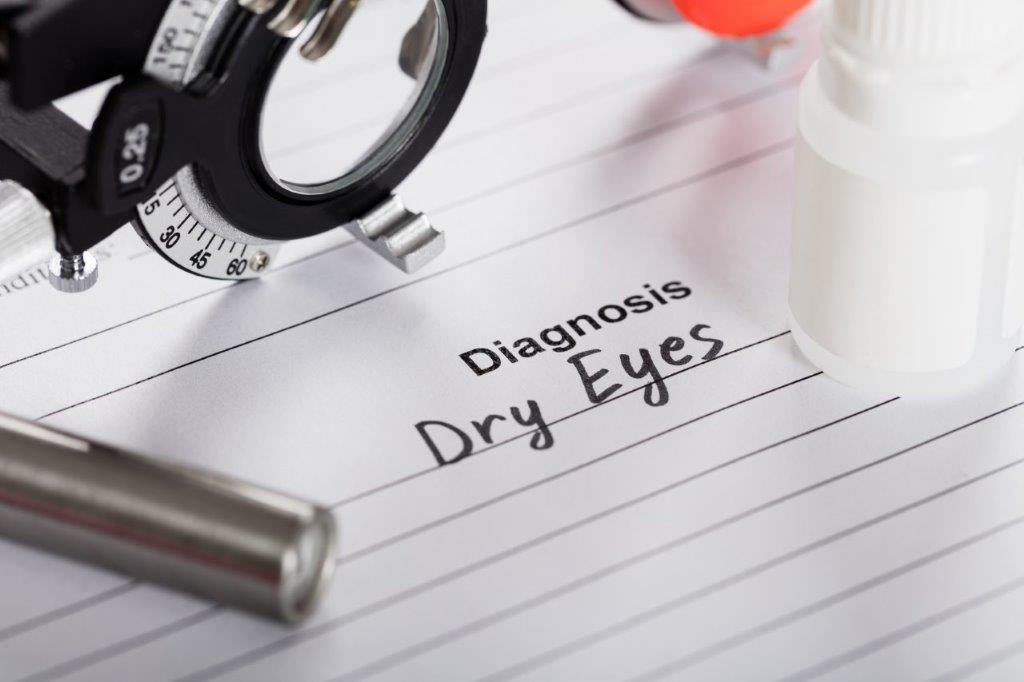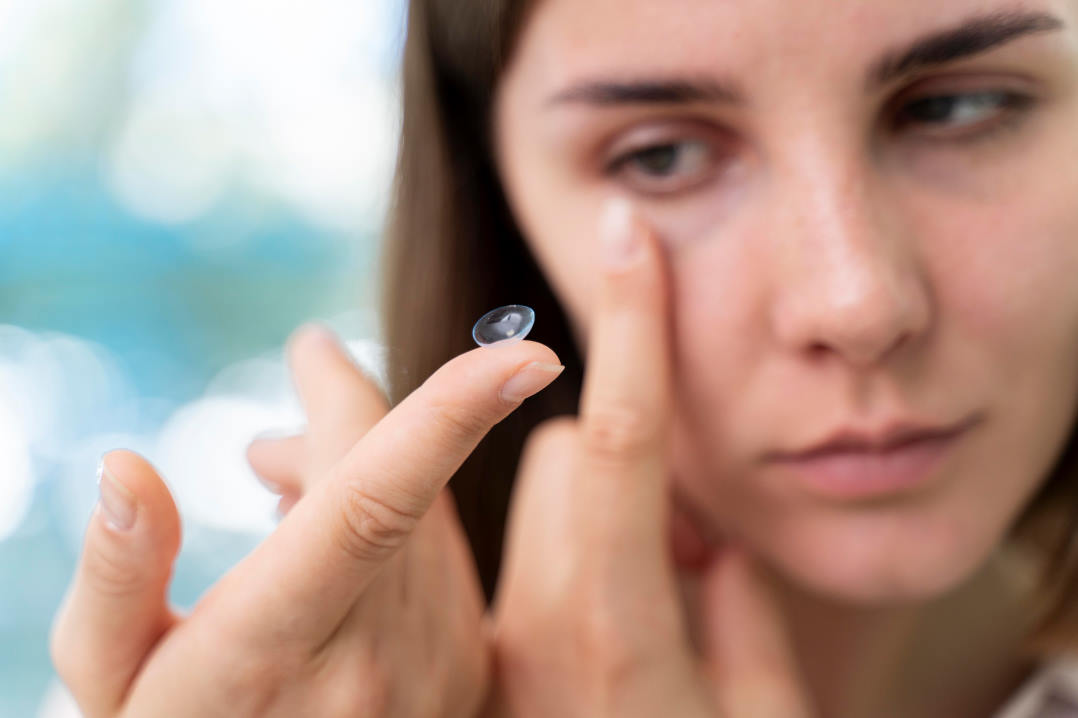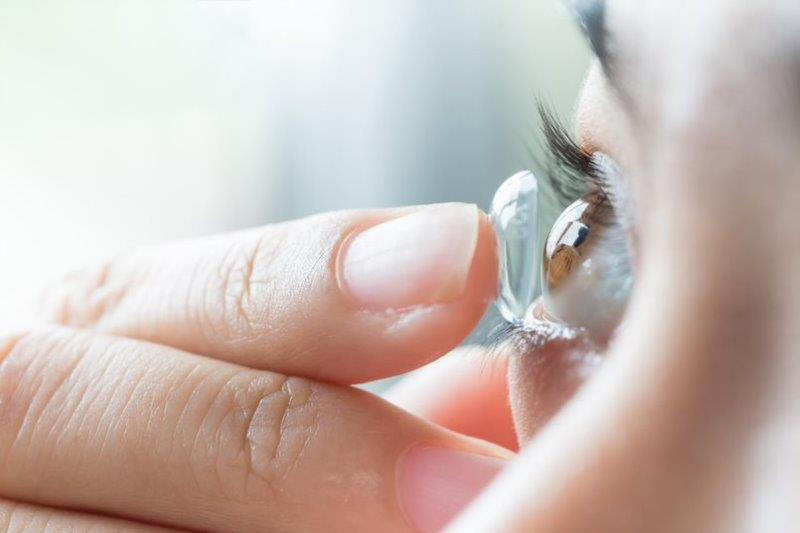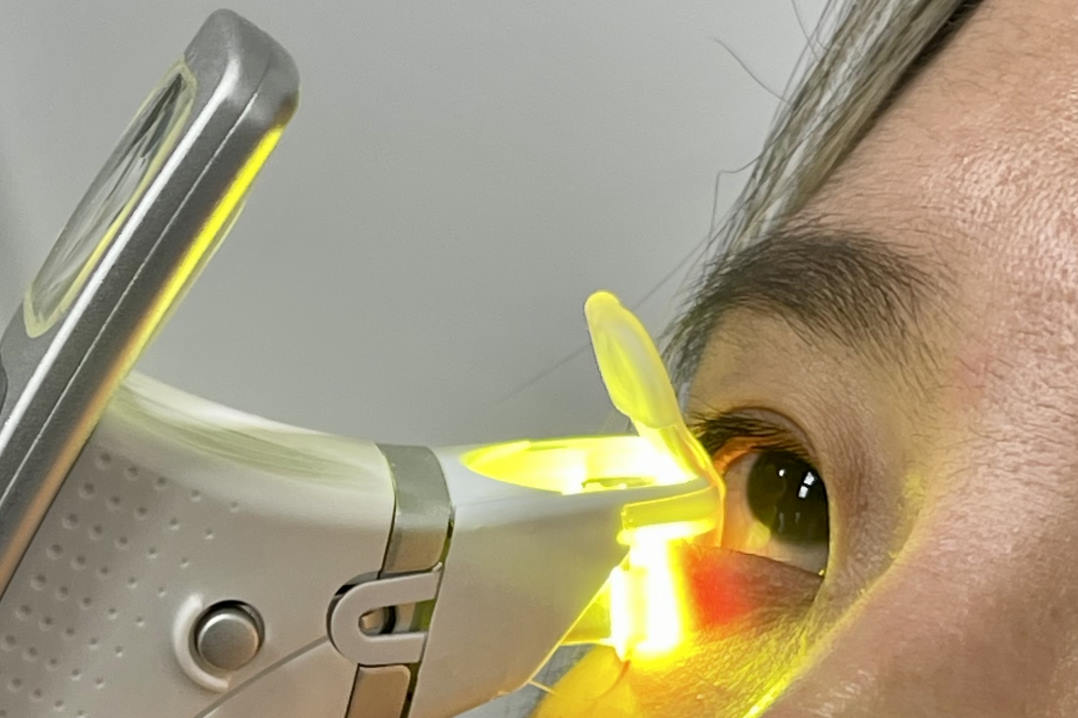Dry eye clinicians: we want to hear from you
With every blink, the meibomian glands release meibum that contributes to the outermost layer of the tear film. Abnormal blinking can reduce meibum release and may lead to more permanent changes. However, the exact relationship between blinking and meibomian gland dysfunction (MGD) is not well understood. As part of my PhD research, I have created an anonymous clinician survey to help us understand and design blinking-related management strategies suitable for dry eye patients.
If you are a registered optometrist or ophthalmologist working in New Zealand, Australia, Canada, Hong Kong or the UK, please consider taking part in this short survey to help us better understand current approaches to assessing and managing DED, MGD and, specifically, your perceptions and uses of blinking education.
To take part, scan the QR code below or go to: https://auckland.au1.qualtrics.com/jfe/form/SV_5BGpx9yDOagICLI
By contributing, you will help us form a clearer picture to develop more effective approaches to dry eye assessment and care.





